News

New study reveals colossal scale of riverbank erosion during Cyclone Gabrielle
Over 220,000 m3 of sediment was eroded from just 9.1km of Ūawa/Hikuwai riverbanks in Gisborne (Tairāwhiti).
Find out more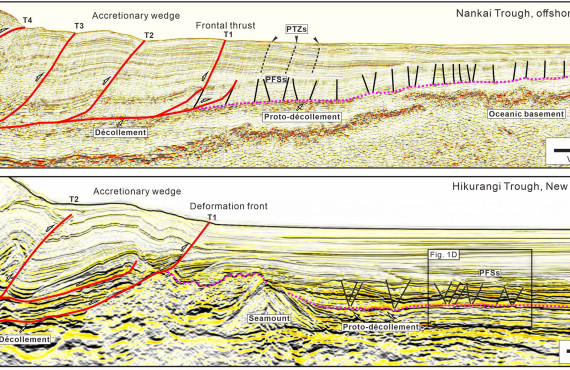
Discovery of hidden faults sheds light on mystery of 'slow earthquakes'
Scientists have uncovered a key piece of the puzzle behind the unusual ‘slow earthquakes’ occurring off the east coast of New Zealand’s North Island.
Find out more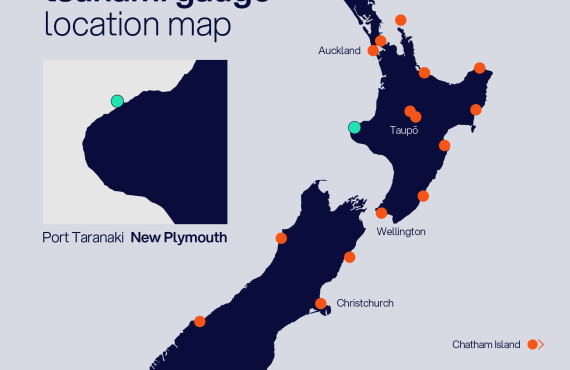
Filling the gap: Port Taranaki tsunami gauge enhances national monitoring network
Earth Sciences New Zealand’s GeoNet programme has installed a new tsunami gauge at Port Taranaki, strengthening New Zealand’s ability to monitor and respond to tsunami threats along the west coast of the North Island.
Find out more
Gabrielle’s intense rainfall made landslides inevitable
Cyclone Gabrielle was one of the most extreme landslide-triggering events ever recorded globally.
Find out more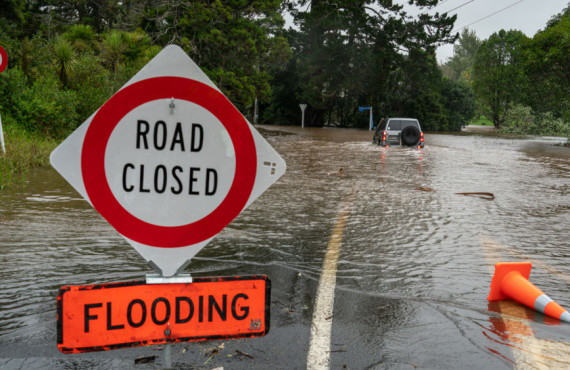
Rain from tropical cyclones to increase under warmer climate
New high-resolution modelling predicts that rainfall from tropical cyclones will significantly increase under global warming.
Find out more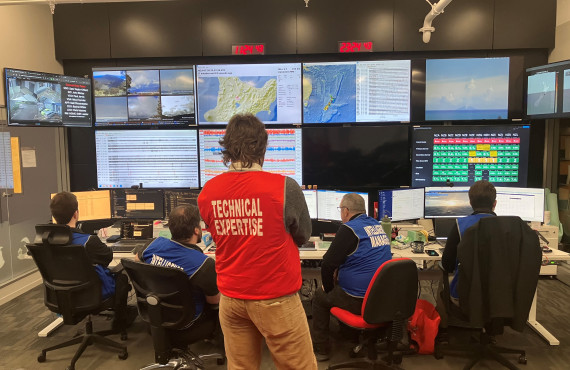
Explainer – M8.8 Kamchatka (Russia) earthquake and tsunami
On Wednesday 30 July at 11:25am (New Zealand Time) a magnitude 8.8 earthquake occurred off the east coast of Kamchatka in the far east of Russia.
Find out more
Advancing science today is preparing tomorrow’s solutions
A new study suggests New Zealand’s existing GeoNet sensor network has the potential to support actionable earthquake early warnings (EEW) for the largest earthquakes.
Find out more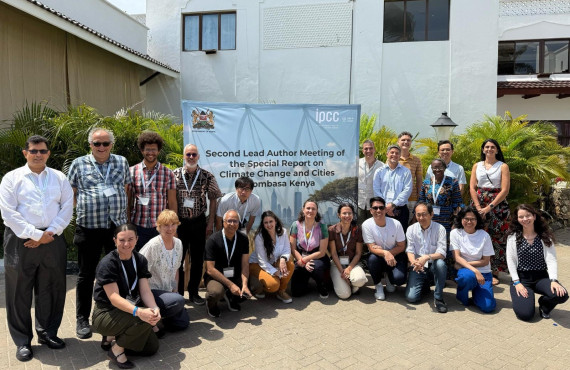
New Zealand urban emissions expertise to influence global climate policy
Find out more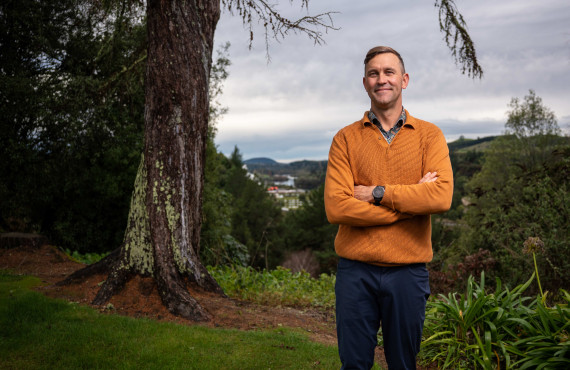

Earthquakes in slow motion? Breakthrough tech detects slow slip earthquakes
Find out more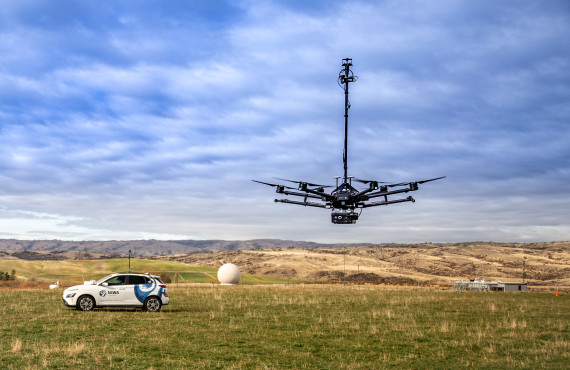
Methane monitoring advances promise benefits for agriculture and waste sectors
Find out more
